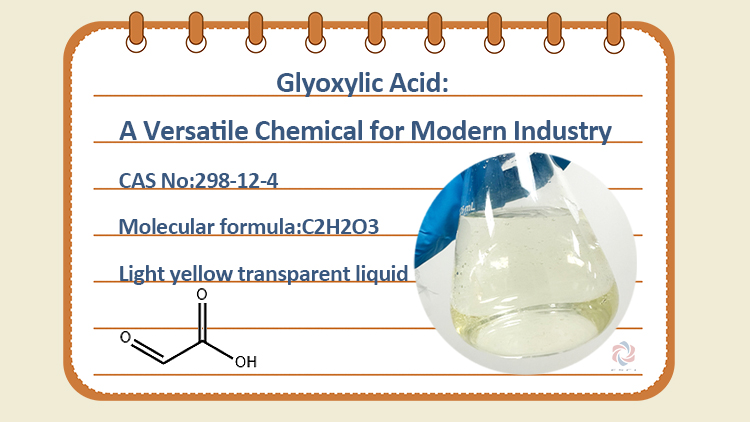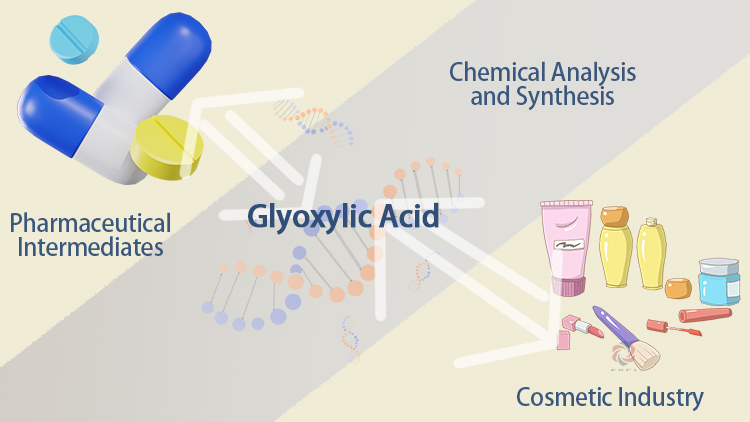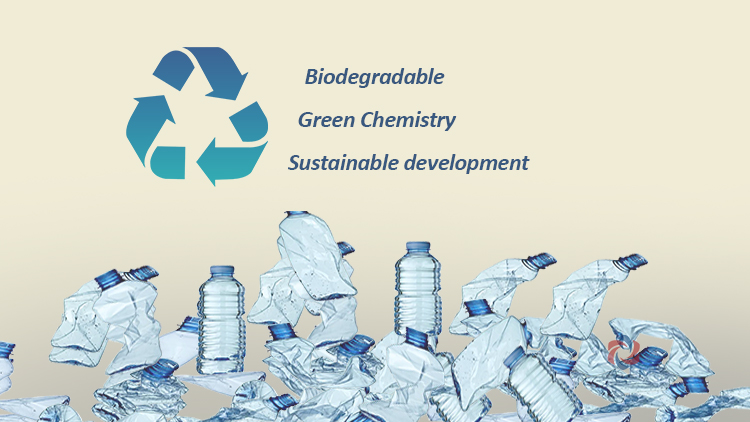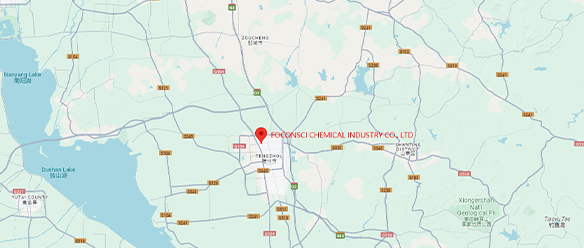Glyoxylsyre: En Fleksibel Kemikalie for Den Moderne Industri
Indføring og grundlæggende egenskaber af glyoxylsyre
Glyoxylsyre (CAS 298-12-4) , også kendt som formylforminsyre, er et højst reaktivt kemisk forbindelse, der indeholder både en aldehydgruppe (-CHO) og en karbonylsyregruppe (-COOH). Dets molekyleformel, C₂H₂O₃, gør det til een af de enkleste, men samtidig mest industrielt betydningsfulde organiske forbindelser. Glyoxylsyre findes i to primære former: som en vandbaseret løsning eller i krystallin form. Det er vandsolubelt med en smeltepunkt på 50-52°C i dets faste tilstand.
Multifunktionaliteten ved glyoxylsyre ligger i dens to reaktive steder, hvilket gør det muligt for den at deltage i en lang række kemiske reaktioner. Disse egenskaber gør det til en afgørende byggesten for syntese af flere kemikalier og lægemidler, hvilket understreger dens værdi i finekemikalieindustrien.
Anvendelser af Glyoxylsyre Over Flere Brancher
1. Farmaceutiske Mellemprodukter :
En af de vigtigste anvendelser af glyoxylsyre er som en prækursor i produktionen af farmaceutiske produkter. Den fungerer som et mellemprodukt i syntesen af forskellige aktive farmaceutiske ingredienser (API'er). Glyoxylsyre bruges ofte i reaktioner, der kræver aldehyder til kondensation eller derivatisering, såsom produktionen af allantoin eller vanillin, der anvendes i dermatologiske og aromatiske sammenhænge henholdsvis.
Tilknyttet Produkt :
Methyl Red (CAS 493-52-7) : Dette indikatorstof sikrer den korrekte pH-balancer under farmaceutiske processer, der involverer glyoxylsyre.
2. Kosmetisk Industri :
Inden for kosmetik spiller glyoxylsyre en vigtig rolle som pH-regulerer og konserveringsmiddel. Notabelt bruges det også i behandlinger til at jernest hår, hvor dets aldehydgruppe danneder semi-permanente bindinger med keratin, hvilket midlertidigt ændrer hårstrukturen. Fordelen ligger i dets relativt lave toksicitet i forhold til andre aldehydbaserede jernemidler.
3. Kemisk Analyse og Syntese :
Glyoxylsyre anvendes også inden for analytisk kemisk, hvor den fungerer som et reducerende agent eller et nøgletal i forskellige analyser. Kaliumbromid (CAS 7758-02-3) bruges ofte i kombination med glyoxylsyre i analytiske metoder for at skabe stabile reaktanter til farmaceutisk og fin-kemisk analyse, hvilket sikrer høj kvalitet på slutproduktet.
Glyoxylsyre i Polymerreaktioner og -krydslinkning
En af de mest spændende anvendelser af glyoxylsyre er inden for polymerkemi, hvor den fungerer som et krydskoblingsmiddel og bidrager til udviklingen af avancerede materialer. Dets funktionelle grupper gør det muligt at danne bindinger mellem polymerkedee, hvilket gør det ideelt til produktion af biologisk nedbrydelige plastikker eller forbedring af de mekaniske egenskaber hos materialer.
Glyoxylsyre er særlig nyttigt i produktionen af termosætende plastikker og resinater, hvilket forbedrer holdbarhed og modstandsevne. Det bruges også i vandbehandlingspolymere på grund af dets evne til at danne stabile komplekser med metalioner.
Tilknyttede produkter :
- Azobis(isobutyronitril) (CAS 78-67-1) : Et populært polymeriseringsinitiativ, der virker synergistisk med glyoxylsyre ved opbygningen af polymermatricer, især i fri-radikal-polymeriseringsprocesser.
- chitosan (CAS 9012-76-4) : Glyoxylsyre modifierer chitosan, en naturlig polysaccharid, hvilket forbedrer dens oppløselighed og funktionalitet – dygtigt til biomedical anvendelse.
Miljøpåvirkning og bæredygtighed
Skiftet mod bæredygtighed inden for kemisk produktion har fremhævet glyoxylsyre som en mere miljøvenlig mulighed. I modsætning til farligere aldehyder og syrer anses glyoxylsyre for at være relativt sikker og nedbrydelig, hvilket svarer til principperne for grøn kemi.
L-Valin (CAS 72-18-4) , et aminosyret produceret gennem bio-baserede metoder, komplementerer ofte glyoxylsyre i biopolymerproduktion. Ligeledes, lycopene (CAS 502-65-8) , et naturligt antioxidans, kan bruges i formuleringer, der sigter mod at kombinere sundhedsfordeler med bæredygtighed , For eksempel kan lycopene i udviklingen af bæredygtige materialer bruges som tilføjningsstof for at give antioxidansk beskyttelse, mens glyoxylsyre kan bruges som krydsforbindelsesagent i polymerproduktion. Kombinationen af de to kan anvendes til udvikling af nedbrydelig madepakning, hvilket ikke kun kan forlænge tjenestelivet på pakningsmaterialerne, men også opfylde kravene til grøn miljøbeskyttelse.
Glyoxylsyrens kompatibilitet med bio-baserede råmaterialer forøger dets tiltrækningskraft for producenter, der søger at udvikle miljøvenlige produkter. Med stigende interesse for fornyelige kemikalier er glyoxylsyre parat til at spille en nøglerolle i fremtiden for bæredygtige industrielle processer.
Konklusion og Produktanbefalinger
I alt, er glyoxylsyre (CAS 298-12-4) et højst fleksibelt kemisk forbindelse med anvendelser i flere industrier, fra lægemidler og kosmetikker til polymerproduktion og grøn kemi. Dets unikke kemiske egenskaber gør det til et værdifuldt byggesten for både traditionelle og nyværende industrielle processer.
Ved Foconsci Chemical Industry Co., Ltd. , vi tilbyder en række højkvalitets kemiske produkter til at optimere dine formuleringer. Med en forpligtelse til internationale standarder og bæredygtighed er vi dedikeret til at forbedre din produktions effektivitet og produktkvalitet.
Tøv ikke med at kontakte os for mere information eller for at anmode om et personligt tilbud!


 EN
EN
 AR
AR
 BG
BG
 HR
HR
 CS
CS
 DA
DA
 NL
NL
 FI
FI
 FR
FR
 DE
DE
 EL
EL
 HI
HI
 IT
IT
 JA
JA
 KO
KO
 NO
NO
 PL
PL
 PT
PT
 RO
RO
 RU
RU
 ES
ES
 SV
SV
 TL
TL
 IW
IW
 ID
ID
 LV
LV
 LT
LT
 SR
SR
 SK
SK
 VI
VI
 HU
HU
 TH
TH
 TR
TR
 GA
GA
 CY
CY
 KA
KA
 LA
LA
 MN
MN
 KK
KK
 LB
LB





